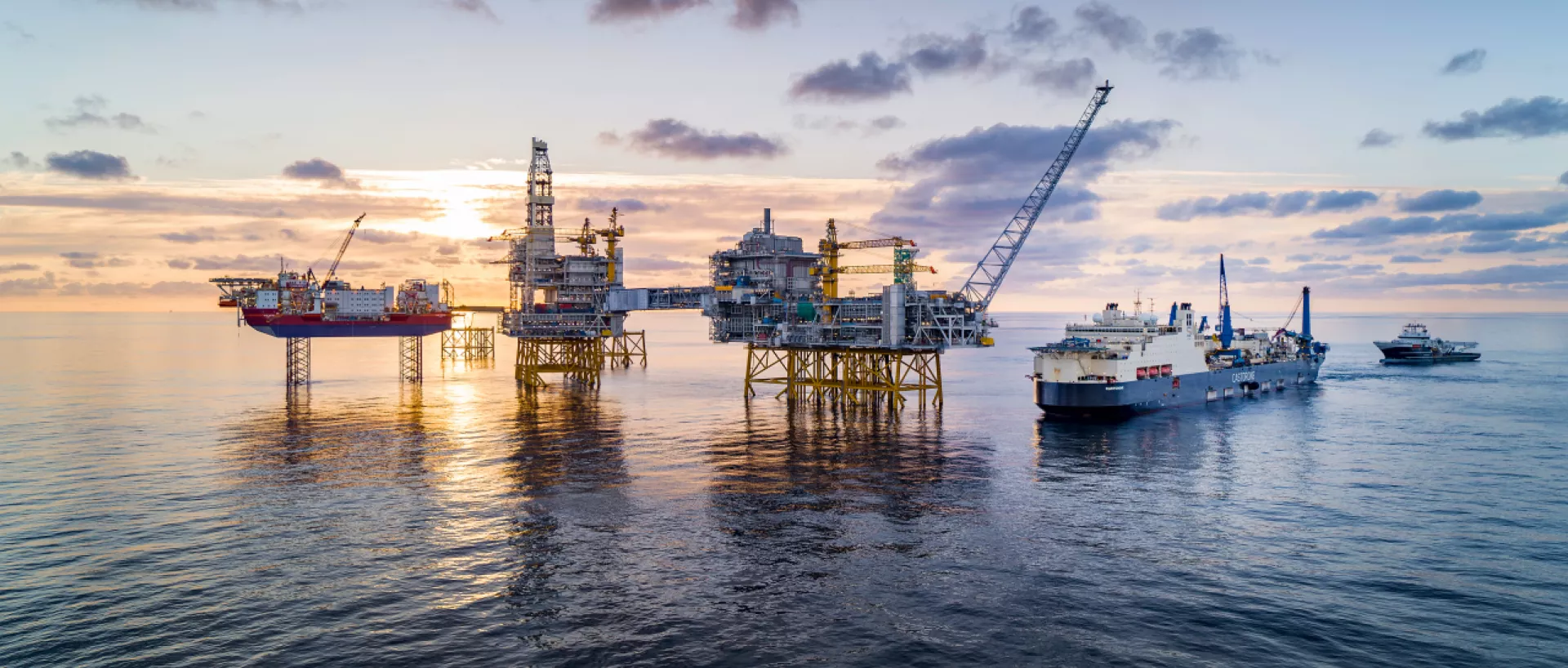
Let's reduce methane emissions now.
On 15 December 2021, the European Commission released its proposal for a regulation on methane emissions reduction in the energy sector. The main goal of this regulation is to lay down rules for accurate measurement, reporting, and verification (MRV) of methane emissions by performing LDAR surveys and putting restrictions on venting and flaring.
If you are an EU oil and gas operator, this regulation applies to:
- oil and fossil gas upstream exploration and production, fossil gas gathering and processing,
- gas transmission, distribution, underground storage and LNG terminals operating with fossil and/or renewable (bio-or synthetic) methane.
The feedback period to provide comments to this proposal has now been closed. If no changes were to be made to this proposal, you as operator would be requested to (amongst others):
- create an inventory of all components that have been checked,
- have an LDAR survey performed within 6 months of the day the regulation enters into force,
- deliver a compliant LDAR report within 1 month to your authorities after each LDAR survey.
Certified service provider
We are a certified service provider and specialize in performing LDAR surveys and detecting and reporting methane leaks on source-level and site-level. With more than 30 years of experience and 9.000 successful projects. Plan and perform your LDAR surveys now before the EU Methane Regulation enters into force. Our experts are ready to support you.

How we help you comply with the EU Methane Regulation
1. Inventory of all components
We make a full inventory of all components using our cloud-based emission management software SFEMP. We select the correct emission factors for your assets, your emission categories or your source types. The result is a complete emission report that is in compliance with the Regulation that you can hand over to the competent authorities of your Member State.
2. Find methane leaks on source-level
Our technical specialists perform Leak Detection And Repair (LDAR) surveys directly at the source for all source types, taking into account the 500 ppm detection limit. For example, we use FID/PID devices, OGI cameras for non-accessible sources, and bagging/High Flow Sampling as direct measurement technique to know the exact losses. We then determine the correct (manufacturer) source-specific emission factors. After the initial LDAR survey, our specialists remonitor all found leaks. At the end of the project, our emission management software SFEMP generates a complete emission report for you to share with the authorities of your Member State.
3. Find methane leaks on site-level
The proposal for the EU Methane Regulation also requests you to measure methane emissions on site-level and then aggregate both the source-level and site-level data. This is in line with the OGMP 2.0 Together with our partners, we perform site measurements using drones, remote sensing devices for continuous monitoring, and satellites.
4. Compliant LDAR reports
The proposal for the Methane Regulation mentions several requirements of what should at least be included in your LDAR reports. Our reports meet these requirements by default and include the complete inventory by equipment, detailed lists of all measured sources, and repair orders. Moreover, cloud-based emission management software SFEMP generates compliant reports automatically so you can send it within 1 month after each LDAR survey has been performed to your authorities.
We are an ISO 17025 Laboratory Accredited third party
How do we as a third party guarantee that the emission data we collect is accurate and reliable?
With our ISO 17025 612-TEST Laboratory Accreditation from Belac, the Belgian accreditation body, and 389-TEST from Israc, Israel’s accreditation body, we ensure that the detection of leaks, the individual quantification of a leak, and the quantification of the overall emission of the installation to the atmosphere is fully in compliance with the outstanding legislation.
Through this accreditation, we guarantee accurate and reliable emission data as a third party.

